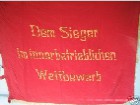
19th century Mongolian Thangka (Wikimedia)
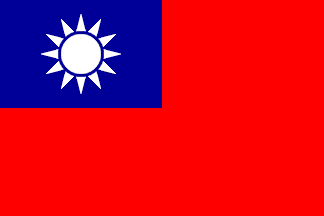
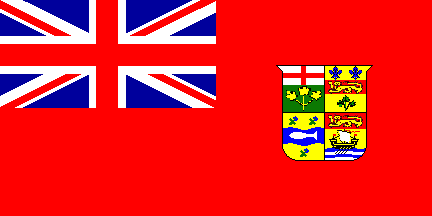
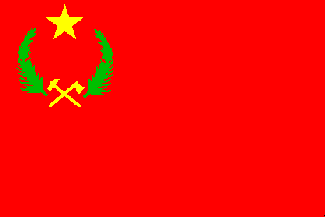
National Flag of Taiwan;
Flag of Canada 1892–1922;
National Flag of the People's Republic of Congo 1969–1991
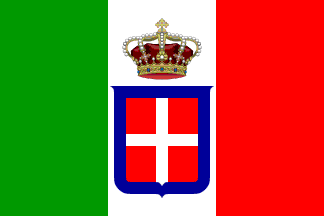
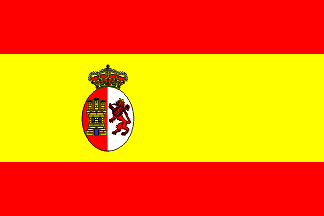
The Ensign of Italy 1848–1946;
The Ensign of Spain 1785–1931
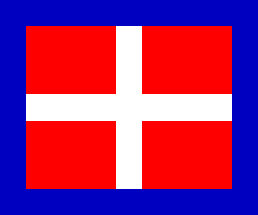
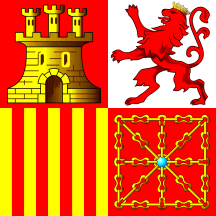
The Jack/Naval Jack 1879–1946, Italy;
The Jack/Naval Jack of Spain 1945–1977
![[The Union - US]](../images/v/vx-us^jack.gif)
![[Sarawak]](../images/v/vx-my_sarb.gif)
Jack/Canton of the National Flag, US;
Flag of Sarawak 1946–1953
![[three-striped flag]](../images/v/vx-ctcrm.gif)
![[three-striped flag]](../images/v/vx-lt.gif)
![[three-striped flag]](../images/v/vx-cg.gif)
Flag of the Commando Training Centre Royal Marines, UK (Graham Bartram); National Flag of
Lithuania; National Flag of the Congo
![[threemound]](../images/v/vx-ch-ag100.gif)
Flag of Dürrenäsch, Switzerland
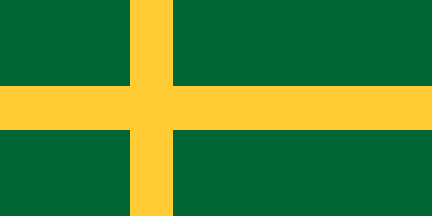
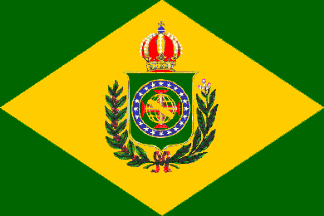
Flag of Pula, Croatia;
The Empire of Brazil 1822–1889
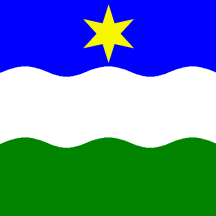
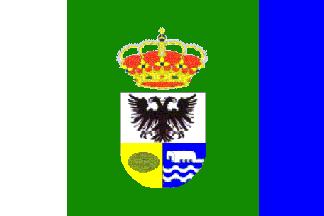
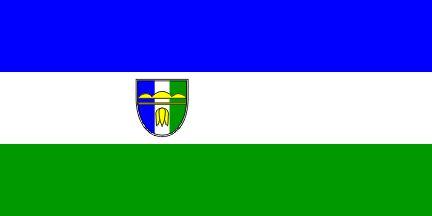
Flag of Fulenbach, Switzerland;
Flag of Hernán Cortés, Spain;
Flag of Dobrovnik, Slovenia
Please note that a field divided in tiercé (or party per tierce) may be described in several different ways and it is suggested that a glossary or heraldic dictionary be consulted for full details, however, among those ways are per fess, per pale or per bend depending upon whether it is horizontal, vertical or diagonal – see bend, fess and pale (also per bend and per bend sinister).
Please note that the increasingly (but by no means entirely) obsolete practice of fixing a flag to its pole or staff by a series of attached loops is almost certainly based on this earlier use of ties – but see loops (also sleeve 2)).
Notes











Gules, Azure, Vert, Purpure, Sable, Brunatre, Tenne, Or, Argent, Ermine, Potent and Vair
a) The basic colours used in English heraldry are gules (red), azure (blue), vert (green), purpure (purple),
argent (white) and sable (black,), with others listed under mixed tinctures
and shades of tincture as referenced above.
b) There are some variations not given herein, and we suggest that a suitable glossary or dictionary of
heraldry be consulted if further details are required.
2) In the plural see tails (also swallowtail and tongue and triple-tailed 1).
![[tongued flag]](../images/v/vx-vex-ph.gif)
![[tongued flag]](../images/v/vx-sk-zv-br.gif)
Flag of the Partioheraldikot r.y., Finland;
Flag of Breziny, Slovakia
2) In heraldry see langued.
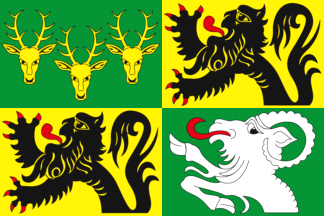
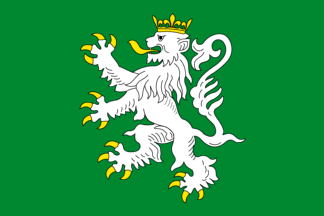
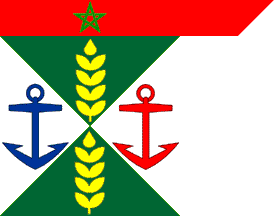
Flag of Oostrozebeke, Belgium;
Flag of Ittre, Belgium;
Flag of Casablanca 1968–1976, Morocco
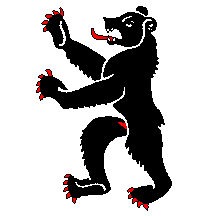
Flag of Appenzell, Switzerland
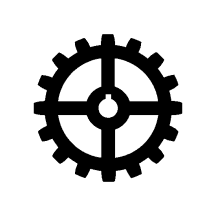
Flag of Industriequartier Zurich, Switzerland
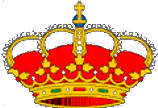
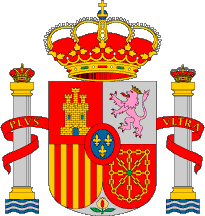
Royal Crown and National Arms of Spain
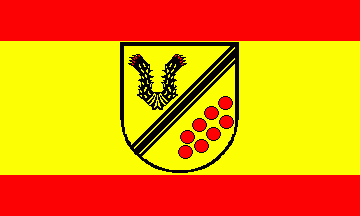
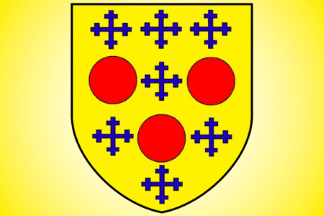
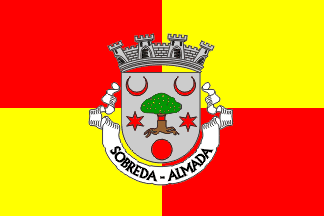
Flag of Asendorf, Germany;
Flag of Argentonnay, France;
Flag of Sobreda, Portugal
Please note that in strict English heraldic usage this term should only be applied when the charge described in red (gules) – see tinctures.
.gif)
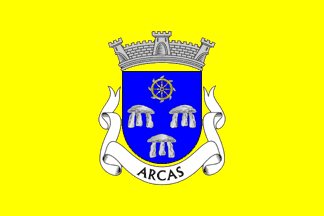
Arms and Flag of Arcas, Portugal
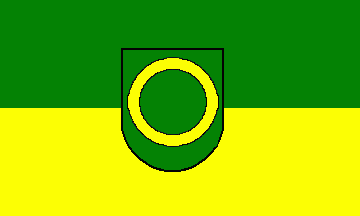
Flag of Groß Twülpstedt, Germany
Please note that other translations of the term "Wanderfahne" have been proposed, but have not yet been adopted into English vexillology.
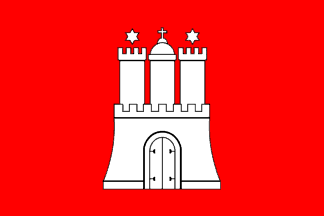
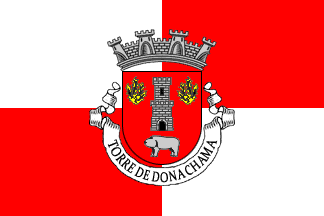
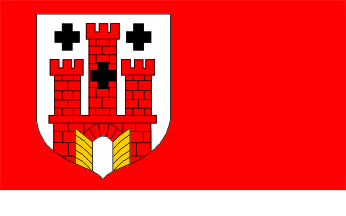
Flag of Hamburg, Germany;
Flag of Torre de Dona Chama, Portugal;
Flag of Kluczbork, Poland
Please note that other variants might include a tower with a steeple or a tower domed (or with a cupola), with the example shown above being a tower triple towered with one domed.

![[Third canton]](../images/v/vxt-d1576c.gif)
![[three-armed cross]](../images/v/vxt-d3187.gif)
![[three-armed cross]](../images/v/vxt-d3188.gif)
![[three-tongued flag]](../images/v/vx-no~.gif)
![[three-tongued flag]](../images/v/vx-sk-lc-ha.gif)
![[Pont-à-Celles]](../images/v/vxt-d1307.gif)
![[toggle]](../images/v/vxt-d038b.gif)
![[becket]](../images/v/vxt-d038.gif)
